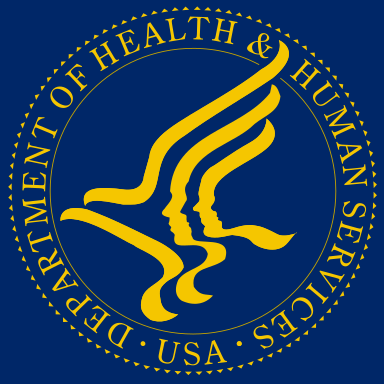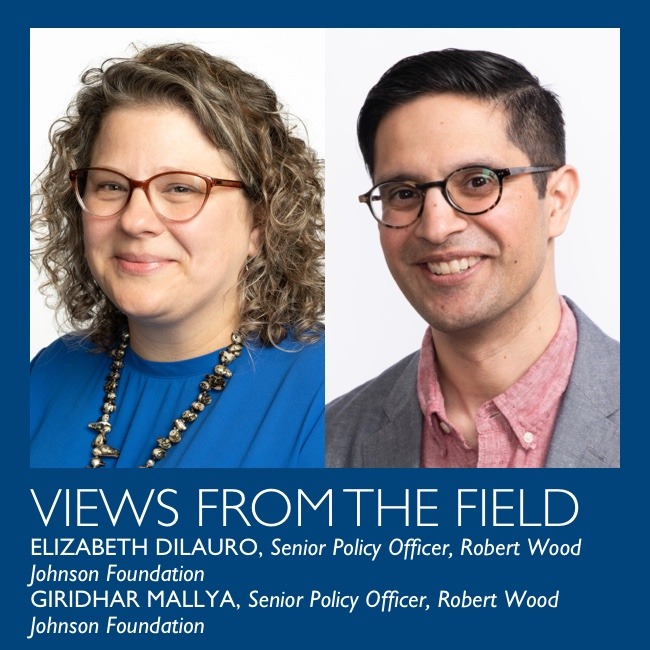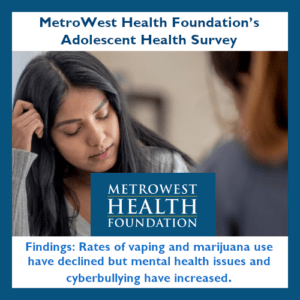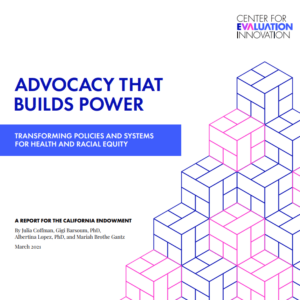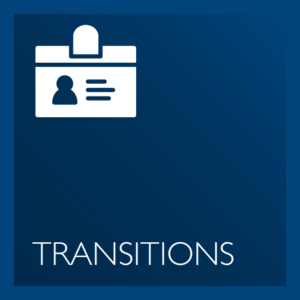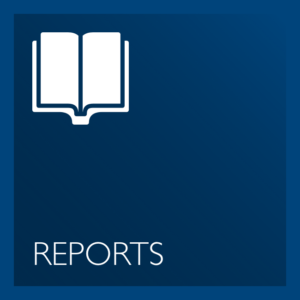Make Our Children Healthy Again Strategy Report
This resource provides an overview of the Department of Health and Human Services report on children’s health released on September 9, 2025.
Department of Health and Human Services Reorganization and Reductions: Explaining the State of Play
This issue brief provides an overview of the current status of the reorganization and Reductions in Force (RIF) at the Department of Health and Human Services (HHS) to help funders understand the impact on their work and engage in the current policy landscape.
On the Precipice: Why Health Funders Should Care about Abortion Access
Reproductive health and justice in the United States are at a crossroads. We are seeing positive developments such as growing (though still inadequate) attention to maternal health and reinstatement of the family planning safety net after years of reductions in access to these services. We invite funders focused on health more broadly to join us in an effort to support the dignity of women and families; protect women’s lives; and mitigate the health, economic, and social harms that can result from being denied an abortion.
MetroWest Health Foundation’s Adolescent Health Survey
The MetroWest Health Foundation recently released the results from its 2021 MetroWest Adolescent Health Survey, a biennial survey of middle and high school students in the 25-region served by the foundation. Survey findings found that rates of vaping and marijuana use have declined but mental health issues and cyberbullying have increased.
Advocacy That Builds Power
The California Endowment supported the Center for Evaluation Innovation and Gigi Barsoum to examine what it takes for advocacy to build power through an evaluation of advocacy efforts that were part of the 10-year Building Healthy Communities initiative.
Philanthropy @ Work – Transitions – April 2022
The latest on transitions from the field.
New York State Health Foundation: April 2022
A New York State Health Foundation (NYSHealth) report examines HPV vaccination coverage in New York State from 2018–2020.
Blue Cross of Massachusetts Foundation: April 2022
The Blue Cross of Massachusetts Foundation recently commissioned two studies related to the American Rescue Plan Act, It also commissioned the third study, to understand whether Primary Care Providers identify a need for a behavioral health provider consultation program for adult patients with mental health conditions and substance use disorders.

